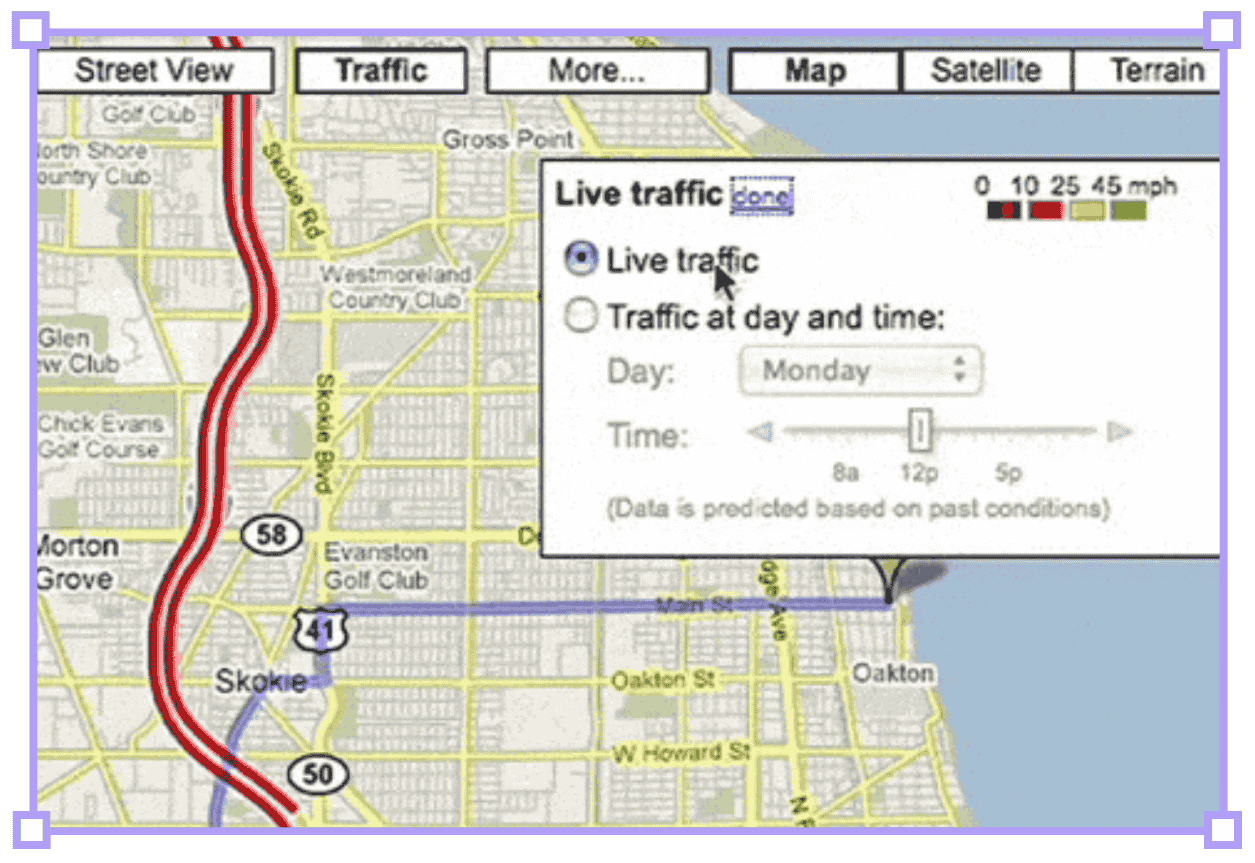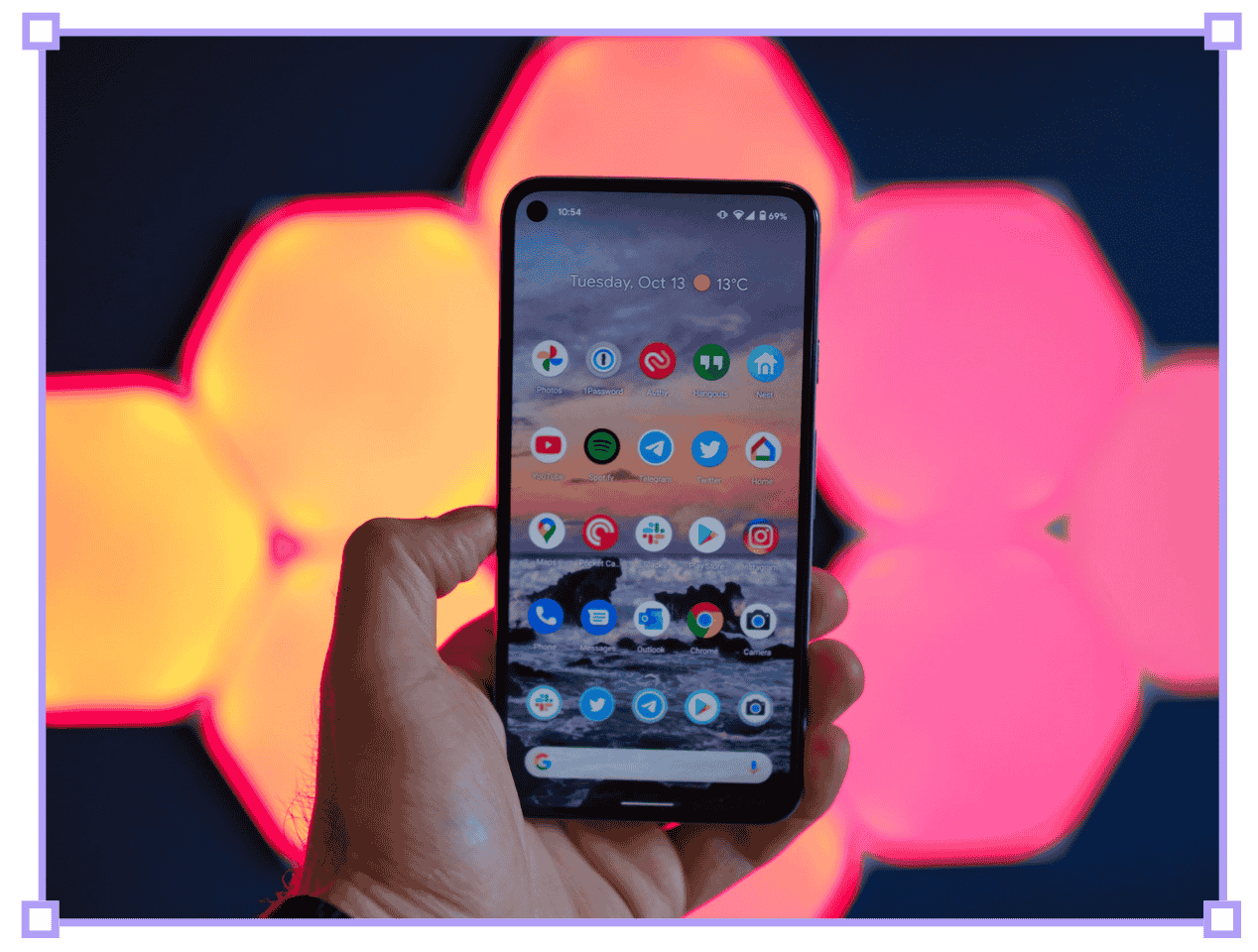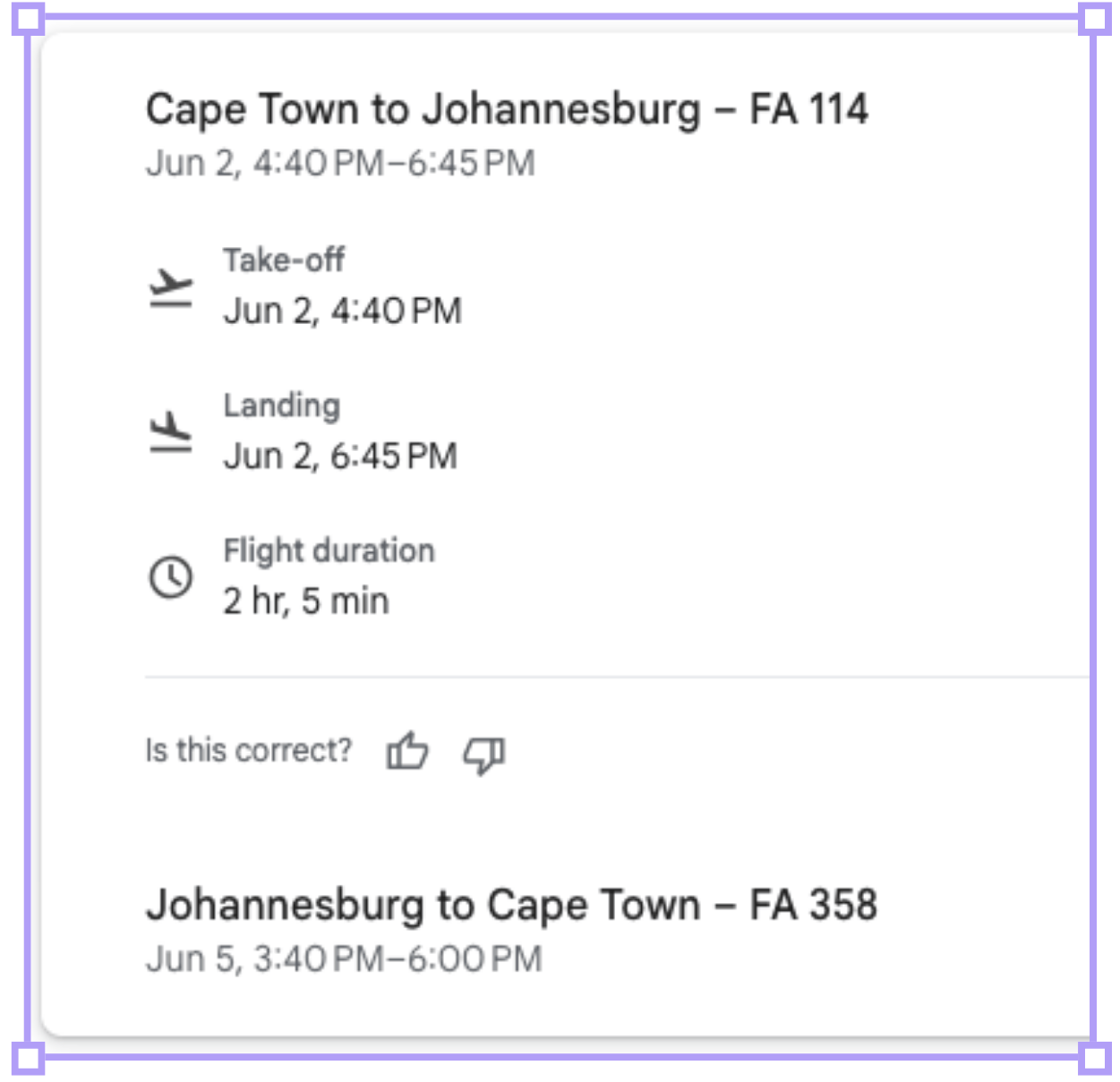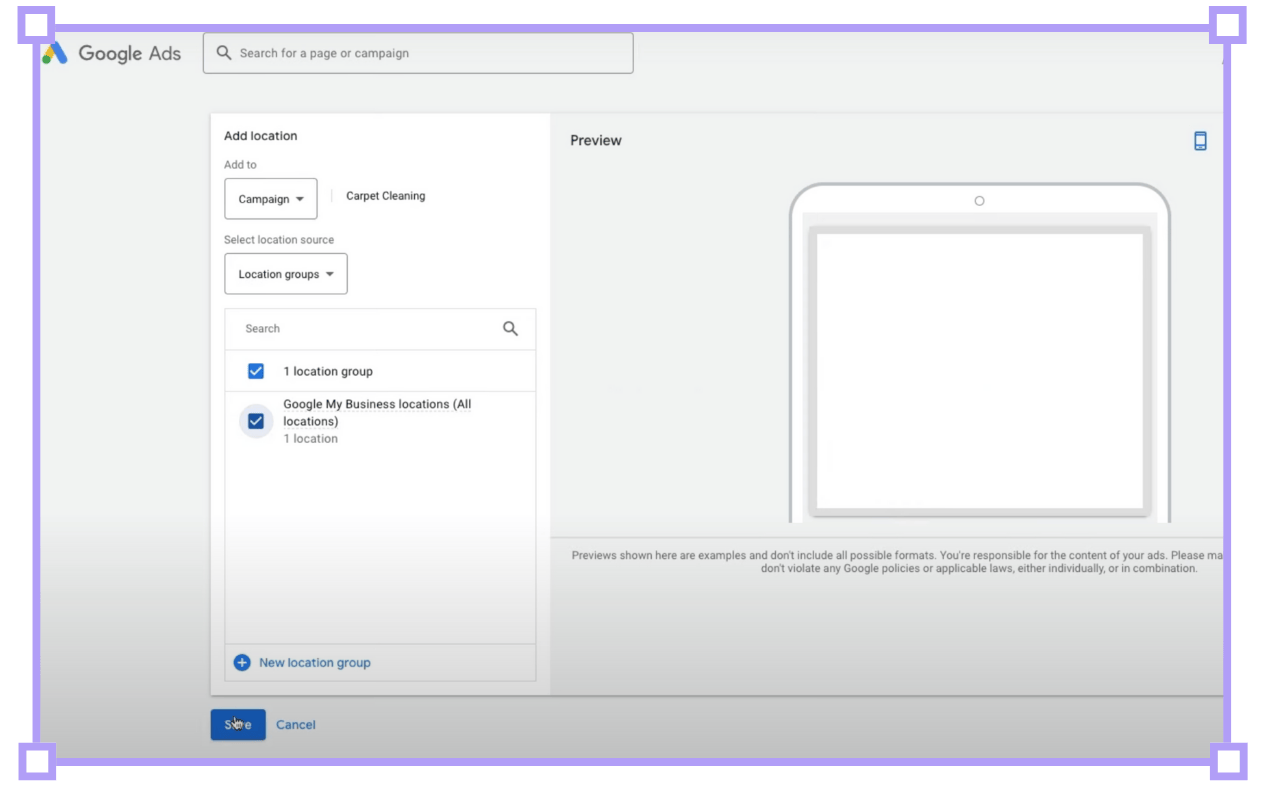- Strategy Breakdowns
- Posts
- 🎯 How Google Maps killed the GPS
🎯 How Google Maps killed the GPS
Product disruption + unfair distribution + zero cost
Read time: 3 minutes 46 seconds

Founder to Founder: The Guide to Building a Breakout Startup in the AI Age
Christina Cacioppo (CEO & Co-founder of Vanta) and Mario Gabriele (CEO & Founder of The Generalist) come together for a tactical deep-dive into what it truly takes to build a breakout startup.
In a market evolving at breakneck speed, they share sharp insights and real-world strategies for staying ahead of the curve.
Your keyboard called - it’s taking a long weekend
We've been banging away on keyboards for 150 years. Wispr Flow finally delivers the no-edit confidence we've all been waiting for:
4× faster than typing. Dictate emails, docs, and DMs in real time - save precious hours every single week.
AI auto-editing. Flow removes filler words, fixes grammar, and formats perfectly as you speak naturally.
Works everywhere. No setup required. Use in Slack, ChatGPT, Notion, or any app seamlessly.
"This is the best AI product I've used since ChatGPT." — Rahul Vohra, CEO, Superhuman
Thank you for supporting our sponsors, who keep this newsletter free.



Chess Move
The what: A TLDR explanation of the strategy
Back in the early 2000s, digital maps weren’t a pre-downloaded, free app on your phone.
They were a $500 single-purpose consumer hardware device.

Blink twice if you still have one of these guys in the back of the cupboard. Three times if you kept the box.
Everything changed in 2005 when Google acquihired Australian startup Where 2 Technologies, a web-based mapping company which was quickly rebranded as ‘Google Maps’.

We’ve come a long way since the charming ‘05 Maps beta.
A no-cost mapping service, making previously premium features accessible to the masses:
Interactive maps
Satellite imagery
Turn-by-turn navigation
Their strategy:
Leverage distribution from existing Google products, and incorporate non-intrusive monetisation of end-users (ads + API usage) whilst maintaining a best-in-class user experience.
Today, Google Maps has over 1 billion users and generates ~$11B pa for Google, all while remaining free for the majority of its user base.

💡 | Strategy Playbook: Prioritise the user, monetise the ecosystem. |


Breakdown
The how: The strategic playbook boiled down to 3x key takeaways
1. Offer a superior product, for free
When Google Maps was released, it immediately disrupted the GPS industry.
The market previously consisted of expensive hardware products, specialised for navigation, from companies like Garmin and TomTom.

Before Garmin became a runner’s best friend.
Since Google Maps was free, it became the preferred choice for drivers, who no longer needed to pay for navigation.
Plus it was accessible on the device they already had in their pockets.
Building on rapidly improving smartphone technology, Google was able to produce a dramatically superior product experience, with a focus on UI and speed:
Clean interface
Powerful search
Quick load times
Interactive controls (drag-to-pan maps were unheard of in 2005)
They introduced new features to the market, like Street View (capturing panoramic photos along 10+ million miles of roads) and real-time traffic data in 2007.

An early version of live traffic conditions.
Maps leveraged the same indexing infrastructure Google had spent years perfecting for Search.
This gave Maps an immediate advantage in comprehensively mapping locations and delivering relevant data.
With integrated public transit routes, local business information, and user-generated reviews/photos, users could easily find answers to a wide range of search use cases (hours, ratings, prices, directions, etc).

Can’t even comprehend living/travelling without public transport routing.
By making the product experience delightful, frictionless, and better – while also remaining free – Google Maps became the global default.
They won an estimated 88% of consumers who use Google Maps to find local businesses, versus 12% using Apple Maps.
2. Win ubiquity through distribution
Google used every corner of its product ecosystem as a distribution engine for Maps, making it virtually impossible for users to avoid.
Search directly embedded map results.

Love how they hype you up saying things like “Media company in New York” rather than “Ramblings from a Sydney cafe”
Android devices came pre-installed with Maps (even iPhones relied on Google Maps until 2012).

Remember ‘Google Hangouts'?
Gmail detects location details for things like travel, restaurant bookings, car rentals etc.

Underrated feature tbh.
Calendar events link out to Maps.
Docs embeds Maps previews when locations are pasted in.

Who needs Find My Friends when you have Google Docs?
Google even removed links to competing map services.

RIP Yahoo Maps and MapQuest.
Separate from their consumer product, the Google Maps API allows developers to easily embed Maps on their own sites.

One-click to connect your app to the Google Maps Platform.
This turned millions of websites and apps into distribution (and downstream monetisation), whilst driving ecosystem dependency on Google's infrastructure.

Powering some of the world’s most popular products.
Users didn't choose Google Maps; Google's ecosystem chose for them.
3. Monetise the ecosystem, not the user
Instead of charging end-users, Google Maps makes money by charging those who benefit from end-users.
A strategy carefully designed to not impede user growth.
(The same playbook as Search, Android, Chrome, Gmail, Drive, Play Store, and YouTube... which all have over 1 billion users).
As Maps became the go-to place to find nearby businesses, Google introduced ‘Sponsored’ listings and other paid placements letting businesses tap into their high-intent user base.

Advertising is Maps’ largest revenue stream (~82%).
Google replicated its proven advertising playbook from Search into Maps.
Doing this allowed them to repurpose:
Infrastructure
Advertiser-facing UI
Customer-base of advertisers
Automated bidding functionality
and the long list other tools and features they’ve already built for Search.

1-click upsell, the Google way: 1-click to run your Search Ads in Maps.
Importantly, these ads generate revenue for Google without detracting much from UX, since the sponsored results still satisfy the user’s search intent.
Google also monetises Maps by charging developers for API usage.
After years of offering the Maps API at low or no cost to encourage widespread adoption, Google raised the fees once Maps had become the industry standard.
Companies that heavily rely on Google’s map data – rideshare apps (Uber, and previously Lyft), delivery services, real estate sites, logistics firms – pay usage fees to integrate Google Maps into their own applications.
By 2019, Google was generating “several billion dollars annually” from Google Maps.
Today, it's an $11B business line.
(All without ever directly charging its end-users!)


Rabbit Hole
The where: 3x high-signal resources to learn more
[5 minute read]
A deep dive into the Sydney garage where ‘Where 2 Technologies’ was born.
Favourite part: The secret whiteboard notes from negotiations with Larry Page in 2004.
[12 minute read]
TechCrunch's behind-the-scenes coverage of the most ambitious mapping project ever attempted:
How it started with a "Frankenstein-looking" van borrowed from Google's security team
The Stanford research project that convinced Google to photograph every street in San Francisco
Why Google’s obsession with collecting “as much data as possible” made Street View both revolutionary and controversial
[7 minute read]
Google's "breadth of data" advantage makes Apple Maps feel like it's "a decade behind".
This was a fascinating breakdown of a number of inimitable UX patterns throughout Google Maps that explain why iPhone users stick with Google despite loving Apple products.
What did you think of today's edition? |
That’s all for now, friends.
See you in the next letter.
— Tom Alder and Sheldon Bishop


Whenever you're ready, there are 3 ways we can help you:
Our flagship course on how to use free internet data to make better strategic decisions. Contains 5 years of strategy expertise, proven methods, and actionable tactics to accelerate your career with modern-day strategy skills.
We have a growing audience of 80,000+ strategists from top companies like Google, Meta, Atlassian, Stripe, and Netflix. Apply to feature your business in front of Strategy Breakdowns readers.
One of the most common questions we get asked is: “What tools do you use to run Strategy Breakdowns?” So, we’ve open-sourced our tech stack to give you an inside-look at exactly what tools we’re using to power each corner of this operation.








Reply